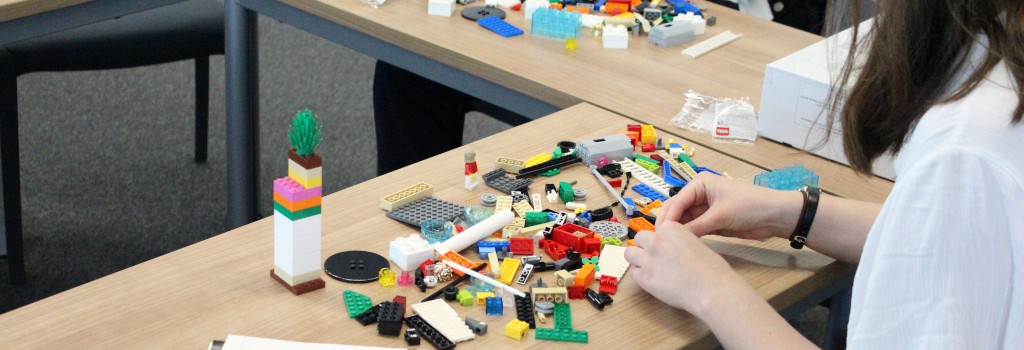Playful Learning

Playful learning is a pedagogic approach that uses playful tools, tactics and techniques to engage students in deep learning. Through the creation of collaborative and playful safe and supported spaces, separate from the real world, students can learn to deal with failure, manage their risk-taking behaviour, build resilience, and develop creativity.
Key to creating playful learning spaces is the idea of developing a ‘magic circle’, which is a mutually-constructed collaborative space in which the rules of the real world do not apply. Participants agree (formally or tacitly) to abide by the rules of this space, and it is important that there is a high level of trust in the space, so that consequences of play do not have consequences in the real world. Building this trust in student communities may take time and trust needs to be developed, so playful approaches may be more suitable for some bodies of students than others and may need to be introduced gradually.
Playful learning approaches may encompass tools and objects that signify play, such as games, toys, and simulations. They may also be specific pedagogies that engender play, such as quest-based learning, maker projects, or role play. But they can also simply be playful mechanics embedded in traditional teaching, such as elements of surprise, humour, or mystery.
Underpinning these playful approaches, however, and closely linked to the idea of the magic circle, is a philosophy of playfulness and a set of assumptions that underpin the approach around openness, democracy, willingness to suspend disbelief and enter the magic circle willingly, and an acceptance of risk-taking and learning from failure.
Advantages of playful learning
- Acknowledges failure as a key part of learning
- Allows students space and time to experiment
Disadvantages of playful learning
- May alienate particular groups of students who do not wish to play
- Requires adequate briefing and debriefing so that students can position their learning
Best Practice Tips
Some people will be happy with playful learning approaches immediately, others will need warming up, and others still will find engagement discomfiting. It is important to make the environment as inclusive as possible:
- Make sure everyone is aware of why you are using playful approaches and what the learning benefits are
- Give people opportunities to engage in different ways, or simply to observe
- Provide variety in types of playful experience so that different play preferences are met
- Remember that some types of play are highly gendered and require prior knowledge to engage
- Don’t assume that play has to involve digital technology; it may, but there are many playful approaches that can use traditional games and physical artefacts
Further Reading and Resources
Nørgård, R.T., Toft-Nielsen, C. & Whitton, N. (2017) ‘Playful learning in higher education: developing a signature pedagogy’, International Journal of Play, 6:3, 272-282.
Stirrup, B. (2018) Can Playful Learning Save Education? TEDx Talk. YouTube.
